
Hiking in Peneda-Gerês National Park
Discover Peneda-Gerês National Park, Portugal’s northern gem, with trails, waterfalls, wildlife, and stunning scenery. Ideal for hiking and nature lovers.
Nestled between the mountains of the Serra da Peneda and Serra do Gerês lies Peneda-Gerês National Park, the only national park in northern Portugal! Recognised as a UNESCO Biosphere Reserve, it represents a model of nature conservation combined with sustainable development. Here, visitors can immerse themselves in pristine landscapes, from lush forests and crystal-clear rivers to authentic villages and abundant wildlife.
A Unique Natural Treasure
Established in 1971, the park covers roughly 70,000 hectares across the districts of Braga, Viana do Castelo, and Vila Real. It features diverse landscapes: oak, pine, beech, and chestnut forests, heathlands, deep valleys, lakes, and rivers. Wildlife is abundant, with deer, wolves, roe deer, Garranos (wild horses), golden eagles, and otters. The park also preserves living heritage, with villages like Pitões das Júnias and Tourém, where rural traditions remain strong.
Trails for All Levels
Poço Azul
A stunning natural turquoise pool ideal for a refreshing swim. Family-friendly, around 3km round trip from Campo do Gerês, but sturdy hiking shoes are recommended.
Cascata do Arado
One of the most photographed waterfalls in the park. Trails range from a short 2km walk to a 6-7km loop around the river. Main access is from Portela do Homem.
Sete Lagoas
Discover seven high-altitude lakes amidst mountains and pine forests. Total distance around 12km, with moderate to significant elevation. Perfect for a full-day hike with a picnic.
GR50
A long-distance trail crossing the park from south to north, ideal for experienced hikers. The total route exceeds 90km, with shorter sections suitable for day hikes. Accommodation is available in nearby villages.
Water Activities and Swimming
Several areas in the park are ideal for water-based activities like Lagoas do Rio Homem , which is a natural pools with crystal-clear water ; Caniçada Dam is an artificial lake for canoeing, kayaking, and fishing.
These places offer peaceful moments in the heart of nature, don’t make the same mistake I did, remember to bring your swimsuit! It’s always better when you’re planning to take a dip…

©peneda-Geres
Accommodation and Dining
The park offers a variety of accommodation options, from campsites to traditional guesthouses. Eco-friendly options, such as yurts or tipis, are available for a fully immersive experience. For gastronomy, do not miss bacalhau à lagareiro (cod with olive oil) or cabrito assado (roast kid goat), local specialties best enjoyed with a glass of Vinho Verde.
Access and Practical Tips
From Porto : approximately 1.5 hours by car via the A3 towards Braga.
From Braga : around 45 minutes by car via N308.
Public transport : buses connect Braga to nearby villages, but reaching trails usually requires a car.
Best time to visit ? May to October for pleasant temperatures and lush greenery. Winter trails may be inaccessible due to snow or ice.
Practical advice :
Wear appropriate hiking shoes and carry water, food, and a first aid kit.
Respect local flora and fauna; do not pick plants or disturb animals.
Check the weather beforehand, as mountain conditions can change rapidly.
Must-See Attractions
Geira
An ancient Roman road crossing the park with remnants of milestones.
Ponte da Mizarela
A legendary medieval bridge, said locally to have been built by the devil himself.
Wolf spotting
Wolves are making a discreet return, offering rare encounters for wildlife enthusiasts.
Peneda-Gerês National Park is a true haven for nature lovers, offering diverse landscapes, activities, and cultural discoveries. Whether you are an experienced hiker or a casual walker seeking a peaceful escape, this park captivates with its wild beauty and authenticity.
Share this article
Suggested articles
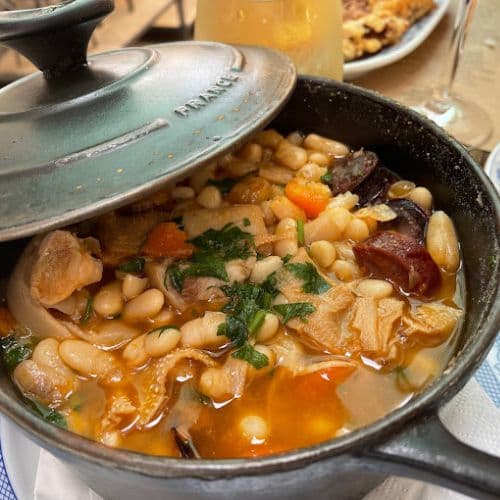
Gastronomy of Northern Portugal, Between Tripe, Stews and Tradition
Northern Portugal is a region where gastronomy tells the story of a people proud of their roots and traditions. From slow-cooked tripe to hearty stews (it might sound unusual, but it’s absolutely delicious !), each dish invites you to explore a rich and warm culture. Prepare for a culinary journey through Minho, Douro and Trás-os-Montes !
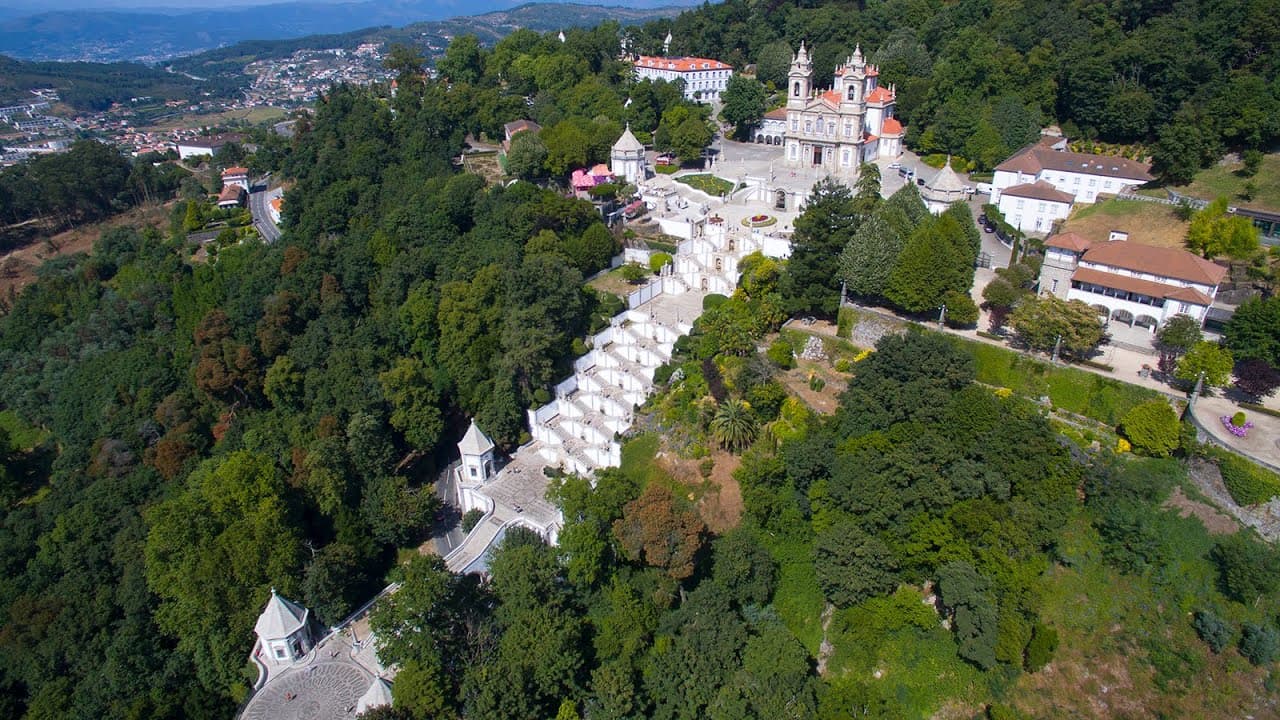
Sanctuary of Bom Jesus do Monte
Perched high above Braga, in the parish of Tenões, the Sanctuary of Bom Jesus do Monte is a place where devotion, spectacular architecture, and breathtaking views come together! This iconic site of northern Portugal has been recognised as a UNESCO World Heritage site since 2019. We’ll guide you through all the practical details, local anecdotes, and insider tips to make the most of your visit.
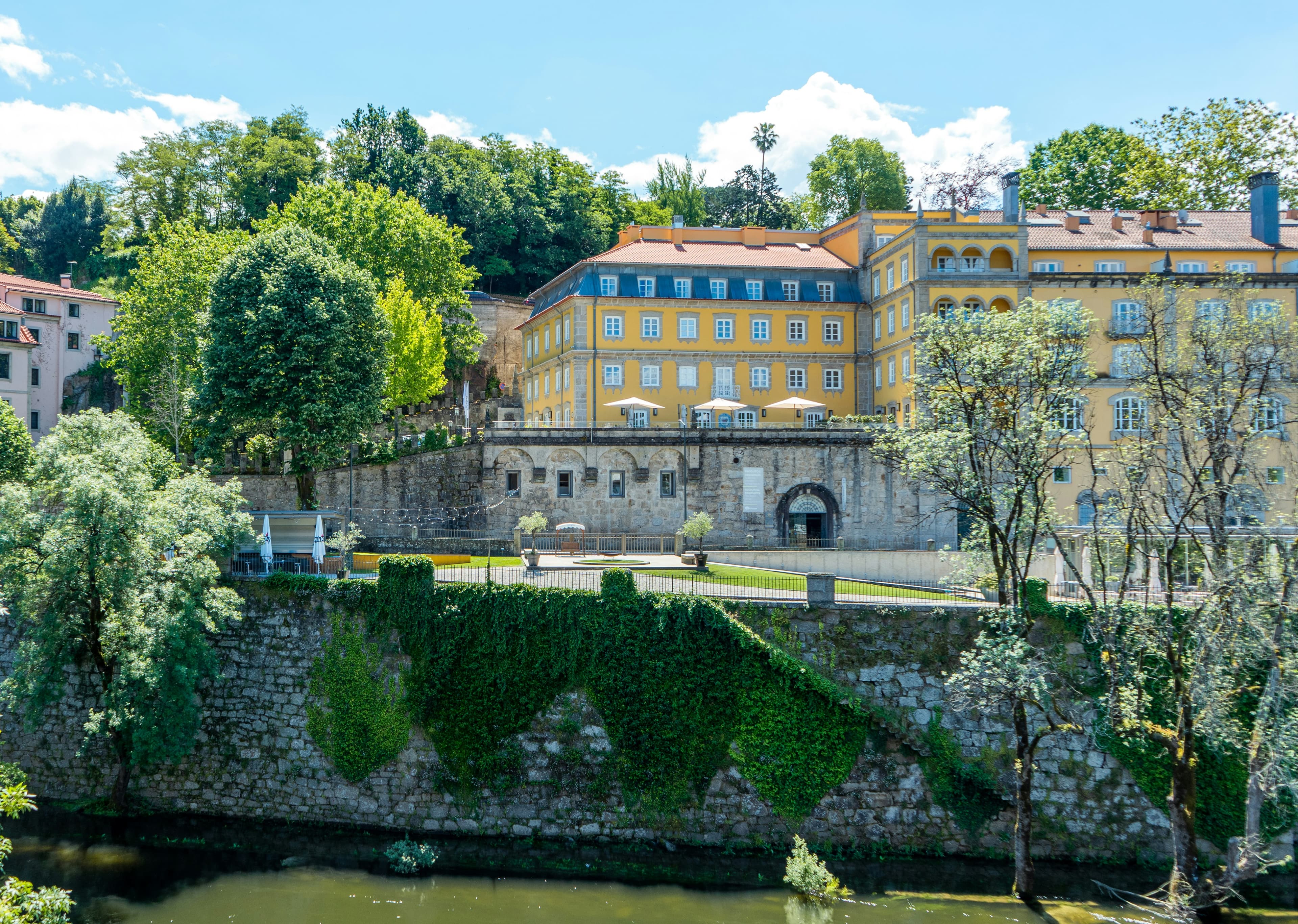
Amarante, the discreet charm of Northern Portugal
Amarante is a picturesque town nestled in the heart of the Minho region, between the lush hills of the Serra do Marão and the peaceful banks of the Tâmega River. It captivates visitors with its authenticity, rich history, and relaxed way of life. Just 56 km from Porto, it offers an ideal escape for those seeking to step off the beaten path while staying close to major cities.
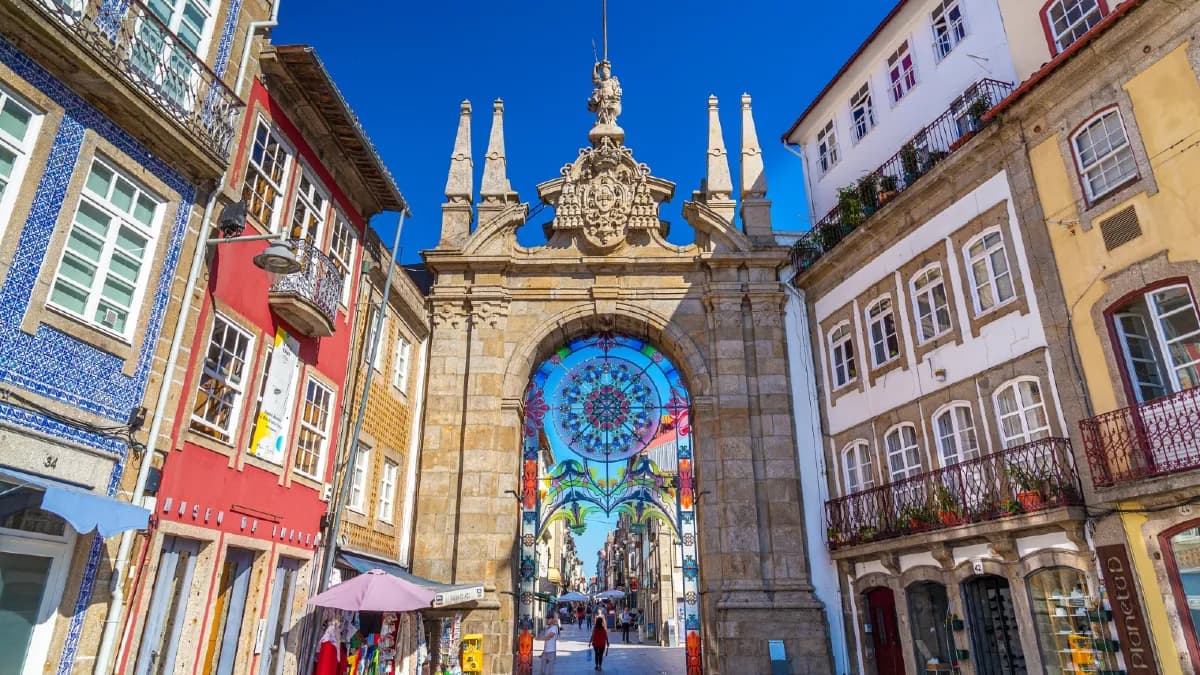
Braga, City of Archbishops
In the heart of the Minho region, nestled between green hills and cobbled streets, lies Braga, a city where history and modernity meet harmoniously. Indeed, nicknamed the “Rome of Portugal”, Braga is the seat of the Portuguese Catholic Church and one of the oldest cities in the country! It is also a European Capital of Culture, a title highlighting its exceptional cultural dynamism.
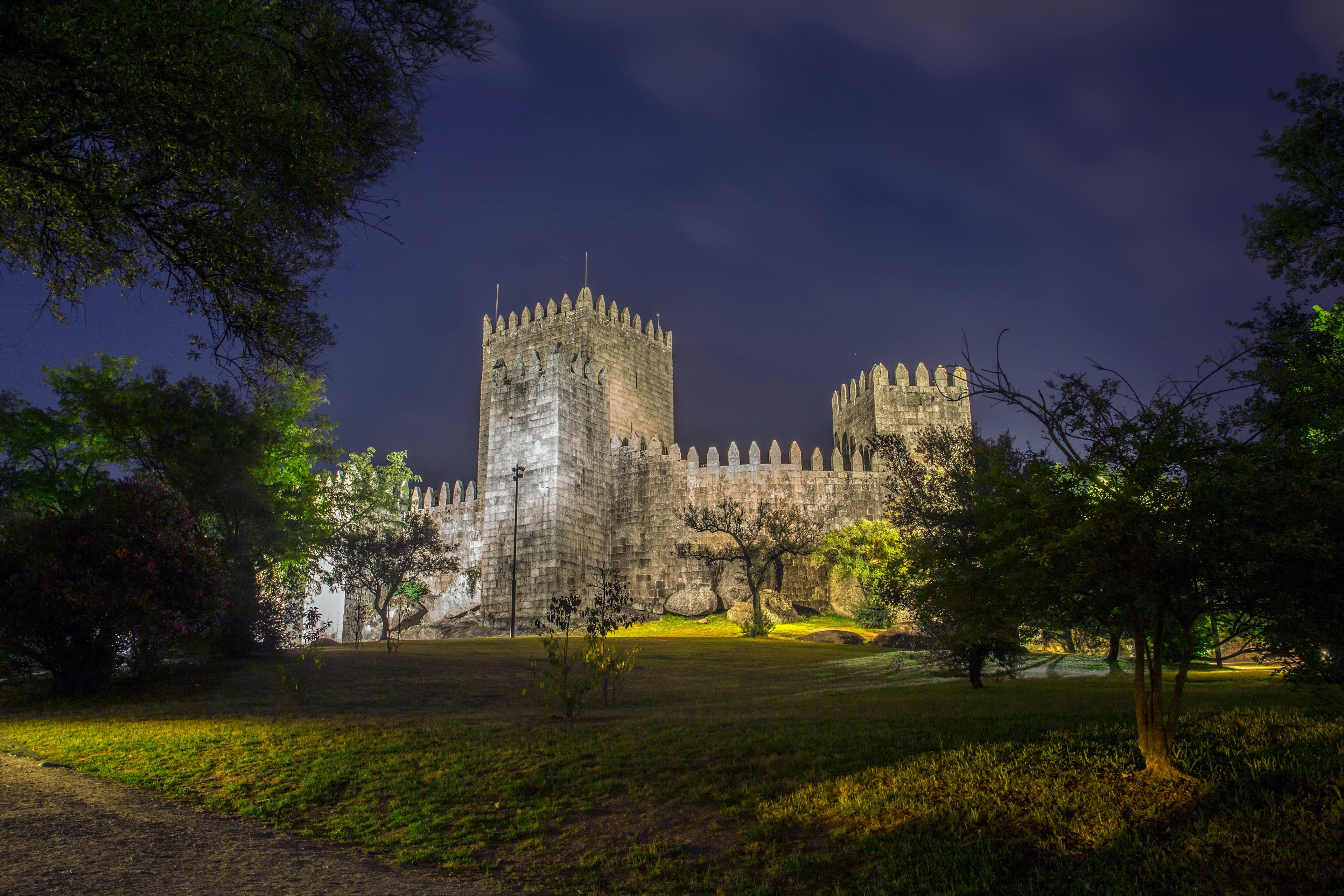
Guimarães, Cradle of Portugal
In northern Portugal, nestled among green hills and picturesque valleys, lies a city steeped in history: Guimarães. Often referred to as the “cradle of Portugal,” it is renowned for its central role in the country’s founding and its exceptional medieval heritage. Guimarães attracts travellers interested in culture, gastronomy, and authentic charm.
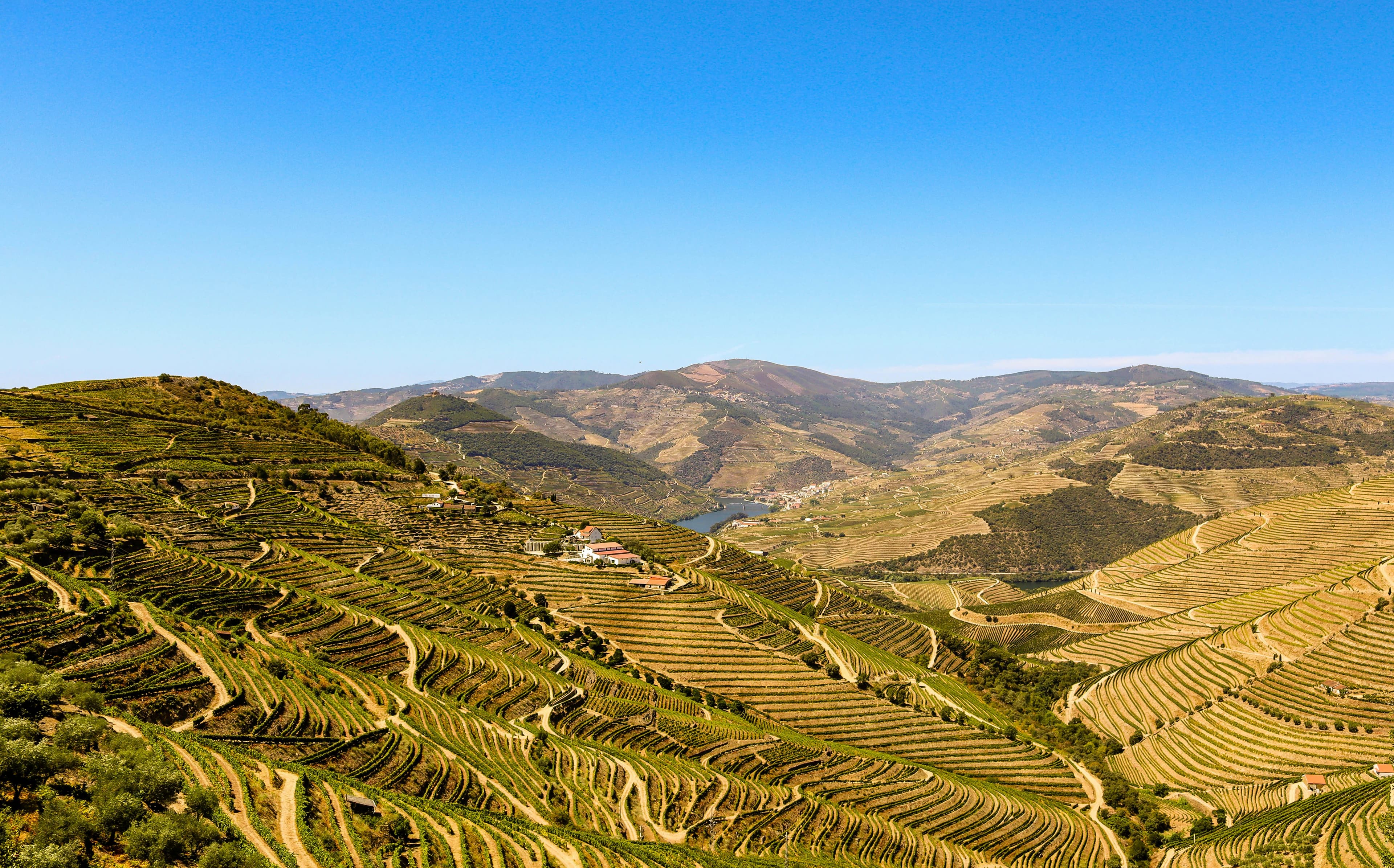
Douro Valley, UNESCO-listed Landscapes
In northern Portugal, between rolling hills, terraced vineyards, and picturesque villages, stretches the famous and majestic Douro Valley! Listed as a UNESCO World Heritage Site since 2001, this region is far more than a postcard-perfect setting: it is a true sensory journey, combining history, gastronomy, culture, and landscapes of exceptional beauty…


